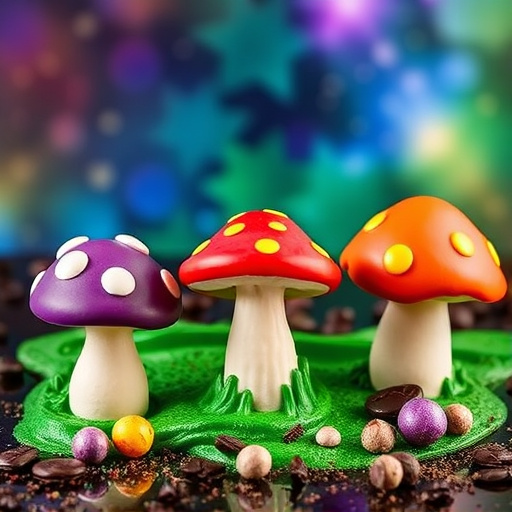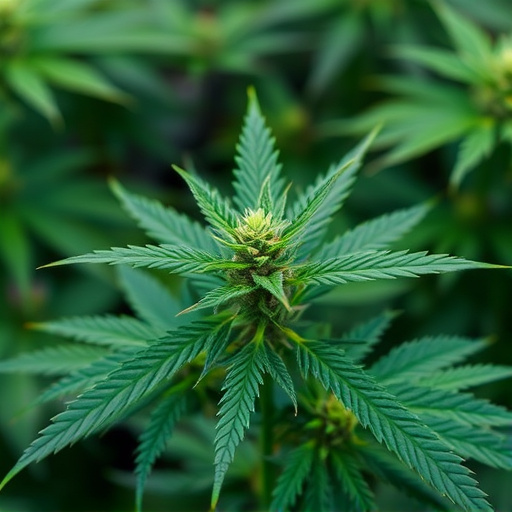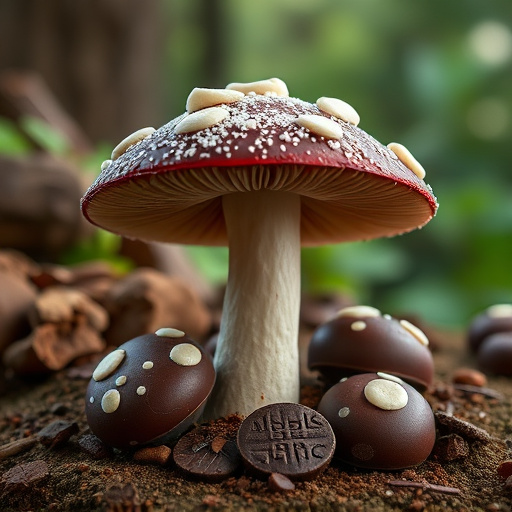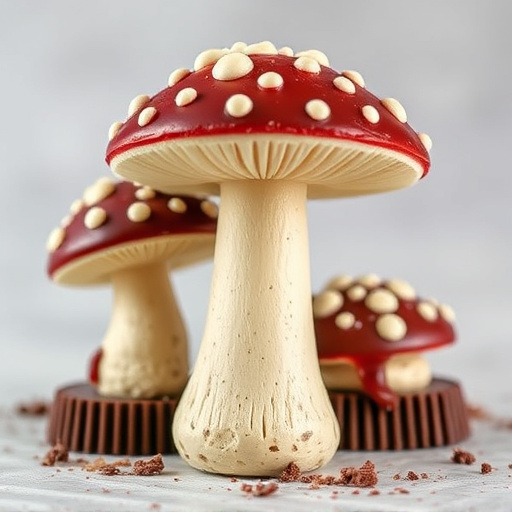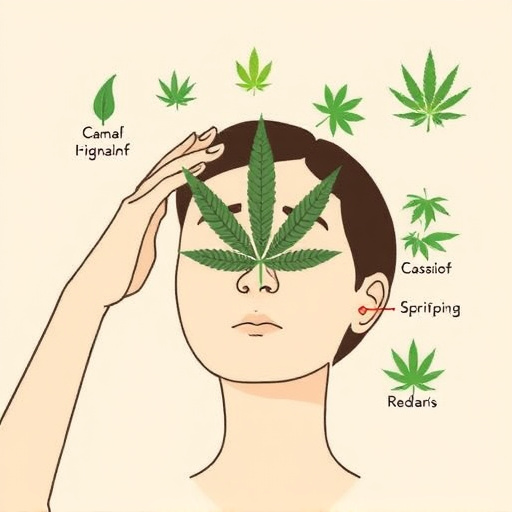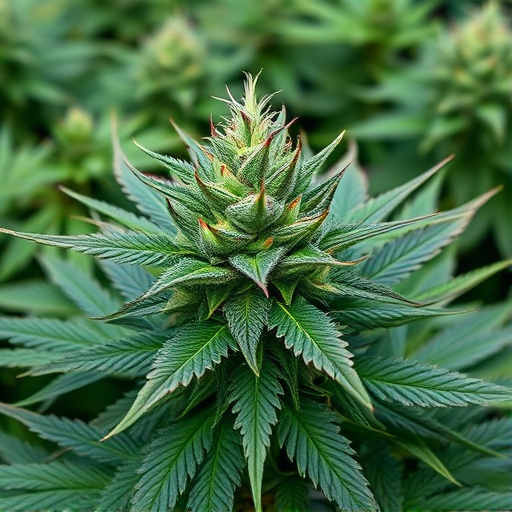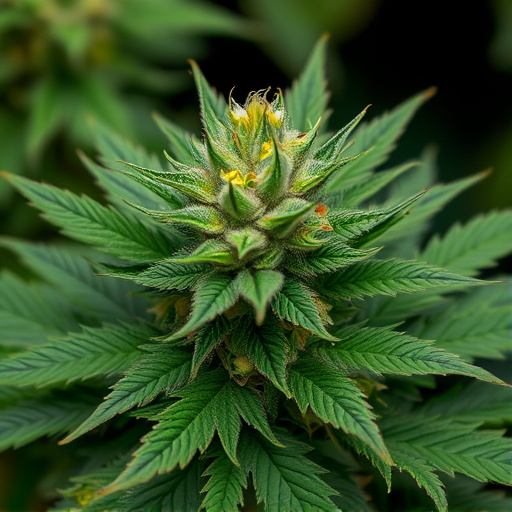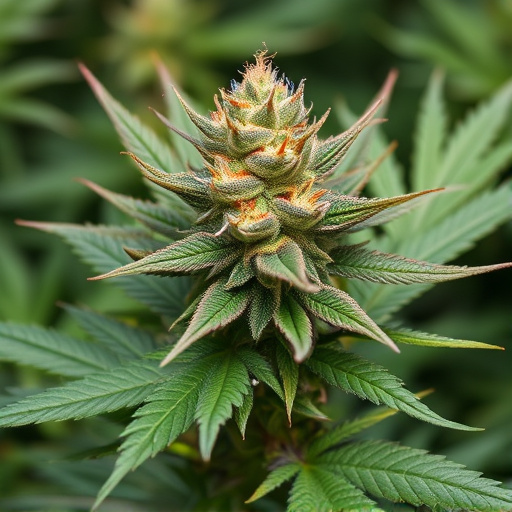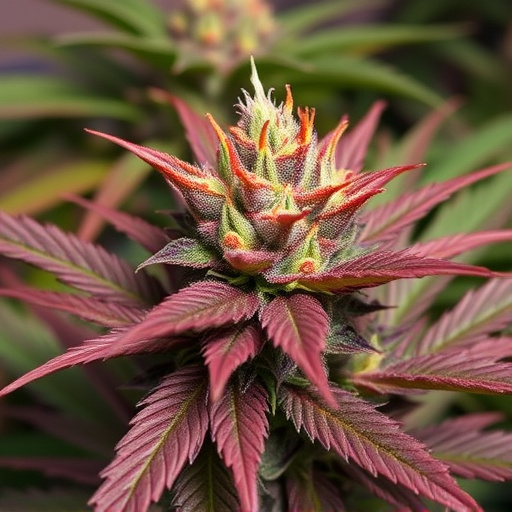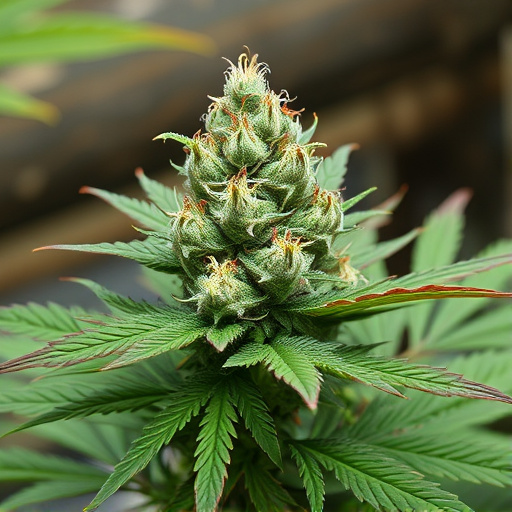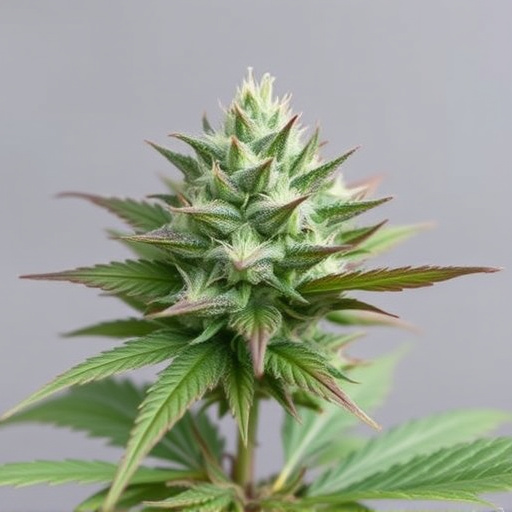Cultivating rare cannabis strains requires a deep understanding of their genetic makeup and how it interacts with climate. By tracing desirable traits back to specific plant lines and controlling environmental conditions, growers preserve and enhance these unique characteristics. Temperature plays a pivotal role in bud structure, trichome color, and overall visual appeal, with optimal conditions fostering healthy growth while extreme fluctuations can stress the plants. This knowledge enables cultivators to manipulate growth patterns, cater to diverse consumer preferences, and consistently produce high-quality rare strains.
Unravel the fascinating interplay between genetics, temperature, and climate, and their profound impact on the appearance of cannabis. From the cultivated rare cannabis strains to their environmental influences, this exploration reveals how these factors shape unique visual characteristics. Discover the art of cultivation optimized by understanding genetic predispositions and the delicate balance of temperature control, enabling growers to unlock the full potential of these remarkable plants. Learn how to nurture rare cannabis strains with precision for breathtaking results.
- The Role of Genetics in Shaping Rare Cannabis Strains
- Temperature's Impact on Cannabis Visual Characteristics
- Understanding the Interaction Between Genetics and Climate for Ideal Cultivation
The Role of Genetics in Shaping Rare Cannabis Strains
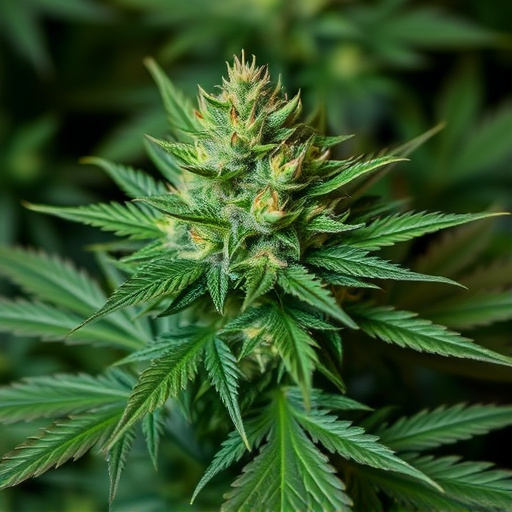
The genetic makeup of cannabis plants plays a pivotal role in shaping their unique characteristics and, consequently, the coveted rare cannabis strains. Each strain’s genetic profile contributes to its distinct appearance, from the shape and size of buds to the vibrant hues of trichomes—the tiny hair-like structures that cover the flowers. Rare cannabis strains often exhibit intriguing morphologies, such as compact, dense buds with an abundance of resinous trichomes, which are desirable traits for enthusiasts and cultivators alike.
The genetics behind these rare strains can be traced back to specific plant lines or even individual plants known for their exceptional qualities. Over time, selective breeding and meticulous cultivation have refined these genetic lineages, resulting in hybridizations that produce remarkable effects and aromas. Understanding the genetic contributions allows cultivators to nurture these rare cannabis strains, ensuring their preservation and making them accessible to those seeking exceptional experiences.
Temperature's Impact on Cannabis Visual Characteristics
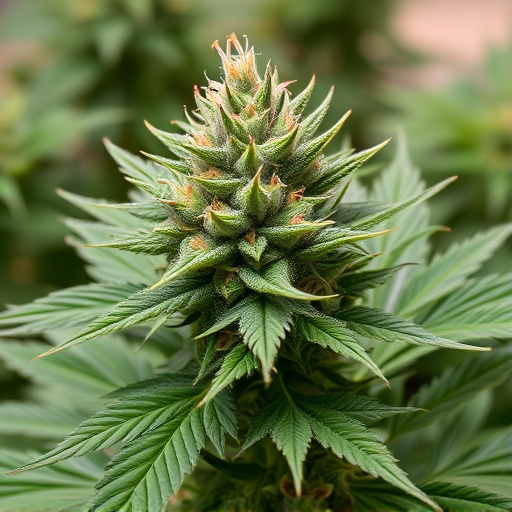
Temperature plays a significant role in shaping the visual characteristics of cannabis, impacting its appearance from bud structure to final color. In controlled environments, optimal temperature ranges promote healthy growth and development, leading to well-structured buds with vibrant hues. However, drastic variations in temperature can have adverse effects, causing stress to the plant and influencing its visual appeal. For example, exposure to excessive heat might accelerate trichome maturation, resulting in a more amber or brown cast earlier in the flowering cycle. On the other hand, cold temperatures can cause bud damage, leading to uneven maturity and potential changes in pigment expression.
Understanding temperature’s role is particularly crucial when exploring rare cannabis strains, known for their distinct visual traits. These strains often require precise climate control to preserve their unique appearance. By manipulating environmental conditions, cultivators can enhance or alter the final visual presentation of cannabis, catering to diverse consumer preferences and market demands.
Understanding the Interaction Between Genetics and Climate for Ideal Cultivation
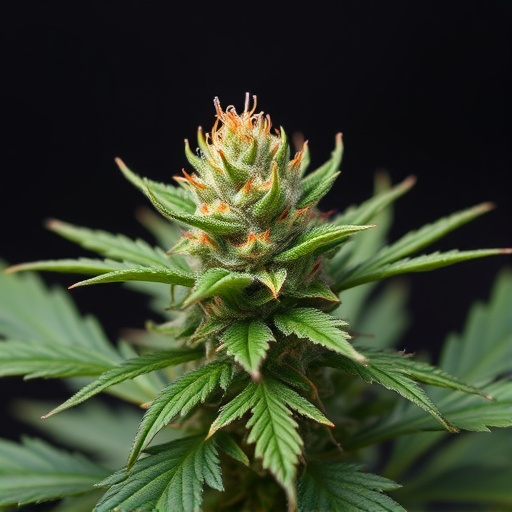
The interaction between genetics and climate is a delicate dance that cultivators must master for ideal cannabis cultivation. Rare cannabis strains, known for their unique characteristics, are particularly sensitive to environmental factors. For instance, a strain with a genetic predisposition for compact, dense buds may produce markedly different results in hot versus cool climates. In warmer environments, these plants might stretch and grow tall, leading to less dense flower structures. Conversely, cooler temperatures can trigger a more bushy growth pattern, resulting in denser, heavier blooms.
Understanding this dynamic allows cultivators to select strains that align with their local climate or employ environmental controls to optimize growth. By carefully managing temperature and other factors, it becomes possible to cultivate rare cannabis strains to their full potential, unlocking the desired traits and ensuring a consistent, high-quality product.
In understanding how genetics and temperature interplay to shape cannabis appearance, we gain invaluable insights into ideal cultivation practices. The unique visual characteristics of rare cannabis strains are largely determined by their genetic makeup, with specific traits enhanced or diminished by environmental factors like temperature. By recognizing these influences, cultivators can optimize conditions to produce not only robust plants but also visually stunning, high-quality cannabis that meets the demands of discerning consumers. This knowledge is crucial for navigating the diverse landscape of cannabis cultivation and ensuring its continued evolution.

